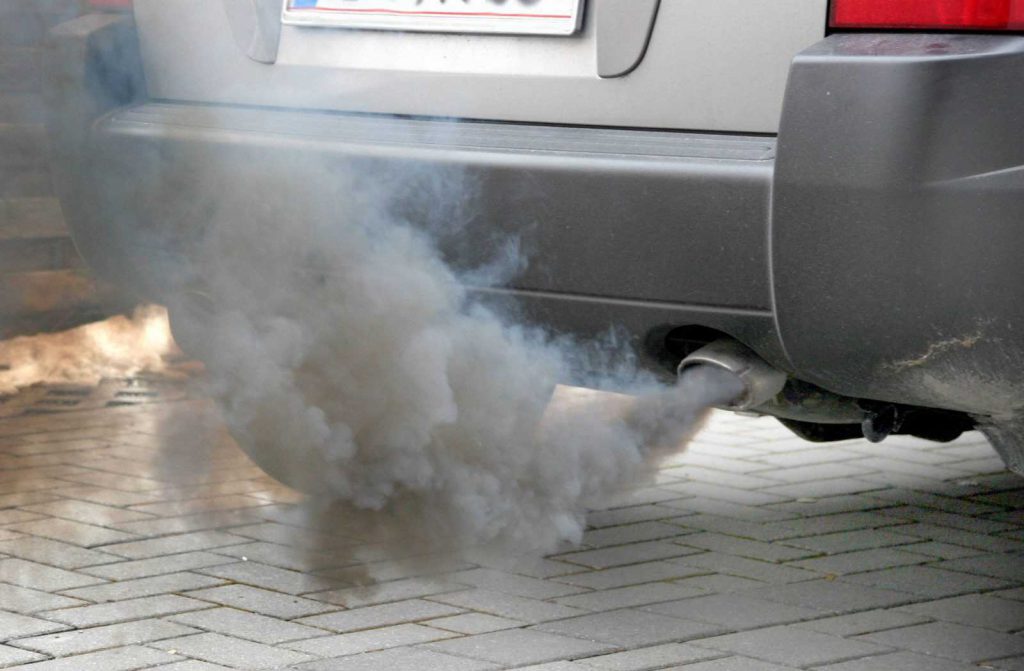Shocking Car Pollution Facts Everyone Should Know
Car pollution is highly detrimental to the environment because it not only contaminate the air but also the water and soil. If you know the car pollution facts, you will understand how alarming the situation is than it sounds.
More than 276 million cars are in the United States alone, so imagine how many of them are running in the whole world. Think of the poisonous gases they release and cause irreparable damage to the environment and the ozone layer. We’ve rounded up some facts about car pollution so that you become conscious about using eco-friendly vehicles.
Car Pollution Facts You Need to Know
A car engine produces power by burning fuel, which causes the release of some harmful gases including the highly toxic carbon monoxide (a greenhouse gas).
These gases are injurious to human health and cause several lung diseases. Children are the most vulnerable to getting sick from breathing these gases.
Let’s discuss some car pollution facts that no auto manufacturer will ever tell you:
Fact #1
One of the most shocking car air pollution facts is that motor vehicles are responsible for around 51% of carbon monoxide pollution. The gas contributes to smog pollution, deteriorates air quality, and can be deadly in high concentrations.

Fact #2
Carbon dioxide (CO2) is a virulent air-polluting element and 31% of all atmospheric CO2 comes from automobiles alone. Too much of this gas in the environment is harmful to human health and detrimental to the ozone layer.
Fact #3
Car pollution statistics clearly show that motor vehicles also discharge nearly 34% of all nitrogen oxide and all volatile substances in the environment. These elements are dangerous for human health and plant life.
Read more
Fact #4
Let’s switch the attention to car emissions facts. The exhaust system releases many gaseous constituents that cause more clouds and less rain, bringing a significant negative impact on the environment.
Fact #5
These car pollution facts make it clear that the gases and other ingredients discharged by motor vehicles are accelerating the pace of global warming. We are already experiencing hostile climate changes due to this phenomenon. If environmental pollution goes on at this rate, the world will soon be inhabitable for every living being.

Fact #6
Acid rain is an extremely dangerous aftereffect of pollution and automobiles play a good part in it. This rain is the direct result of various toxic gases released into the environment. It is poisonous for living beings, causing the death of plants and animals. Besides, it intoxicates the water in natural sources like lakes and rivers.
From the car pollution facts, one thing is clear air pollution is by far the most alarming compared to water and soil pollution. To keep the environment safe and stay healthy, purchase a fuel-efficient vehicle and try to drive as little as possible. Ride public transportation as much as you can and either walk or use a bike to go to nearby places.
How cars affect air pollution:
Solutions To Overcome Car Pollution
Car pollution can be addressed through various strategies and solutions. Here are some common approaches to overcoming car pollution:
Transition to electric vehicles
Electric vehicles (EVs) produce zero tailpipe emissions, reducing both greenhouse gas and air pollutant emissions. Encouraging the adoption of EVs through incentives, subsidies, and the development of charging infrastructure can help reduce car pollution.
Improve fuel efficiency
Implementing stricter fuel economy standards and promoting fuel-efficient technologies can significantly reduce pollution from traditional internal combustion engine vehicles. This includes advancements such as hybrid vehicles, lightweight materials, and more efficient engines.
Public transportation and active transport
Encouraging the use of public transportation systems, such as buses and trains, can reduce the number of cars on the road, thus decreasing pollution. Additionally, promoting active transportation options like walking and cycling can help reduce car usage for short trips.
Car emission standards
Implementing and enforcing strict emission standards can help regulate the amount of pollution produced by vehicles. This includes setting limits on pollutants such as nitrogen oxides (NOx) and particulate matter (PM) and requiring regular emissions testing.
Final Thoughts
Toxic substances emitted from any vehicle have serious harmful effects on human health. Using cars effectively and responsibly is essential to help improve air quality as well as the environment today.














